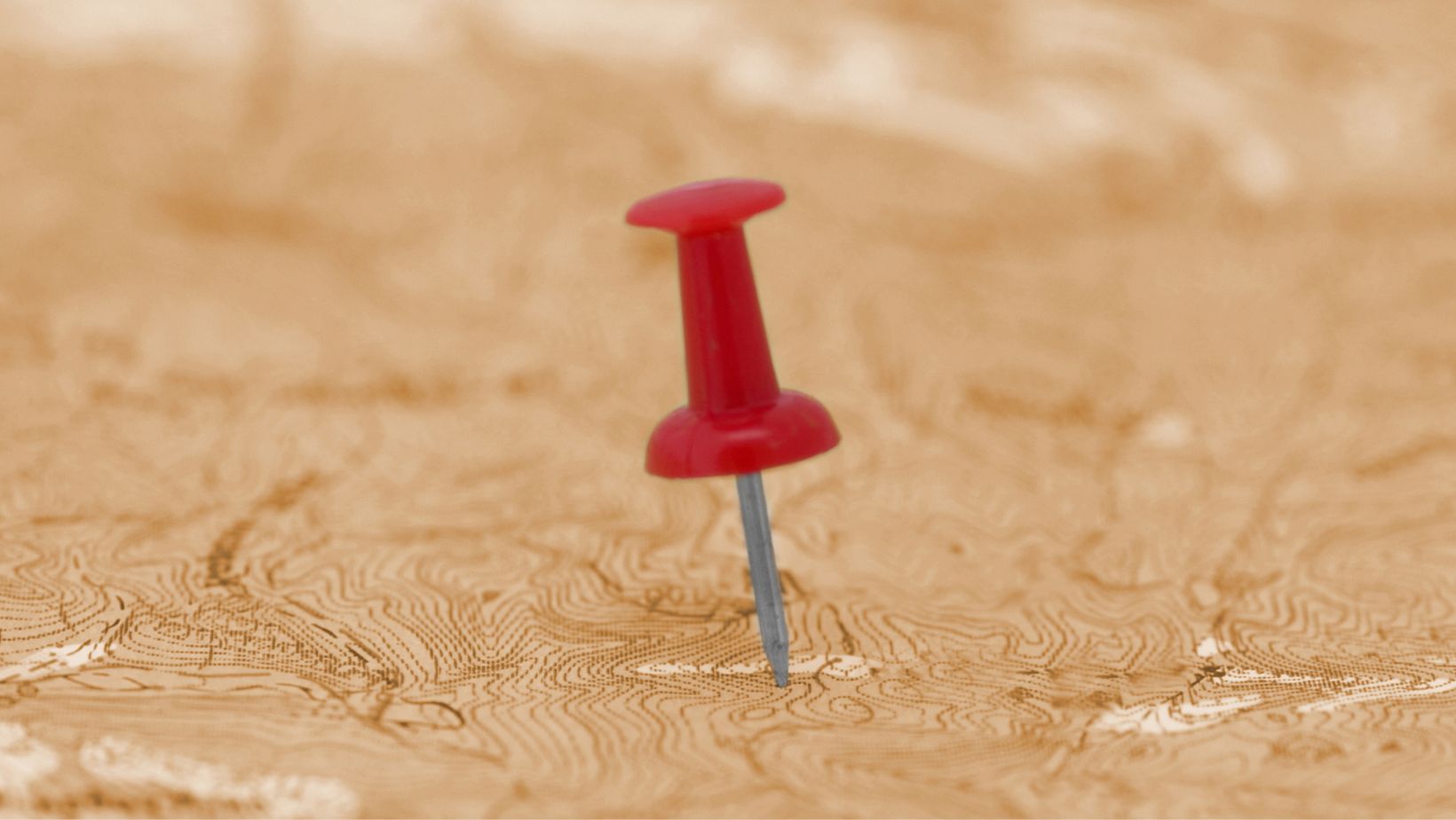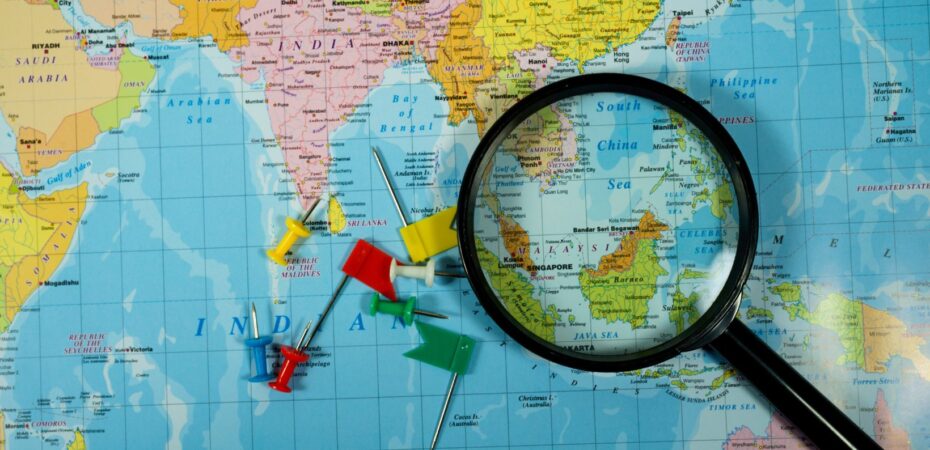Describe the Difference Between Distance and Displacement.
When it comes to understanding the concepts of distance and displacement, there can often be some confusion and misconceptions. So, let’s dive right in and clarify the difference between these two terms.
Distance refers to the total length traveled by an object or person. It is a scalar quantity, meaning it only takes into account the magnitude of the movement without considering its direction. For example, if you walk 5 kilometers south and then return back to your starting point, your total distance covered would be 10 kilometers.
On the other hand, displacement is a vector quantity that not only considers the magnitude but also takes into account the direction of movement. Displacement represents the shortest straight-line path between an initial position and a final position. If we use the same example as before, where you walked 5 kilometers south and then returned back to your starting point, your displacement would be zero because you ended up at the same position where you started.
Understanding this distinction between distance and displacement is crucial in physics and many other fields where precise measurements are essential. By differentiating between these two concepts, we can have a clearer understanding of how objects move in space and accurately describe their motion.
So next time someone asks about the difference between distance and displacement, remember that distance measures how far something has traveled regardless of direction, while displacement takes both magnitude and direction into consideration.
What is Distance?
Let’s dive into the concept of distance and explore what it truly means. Distance refers to the amount of space between two points in a straight line, without considering any direction. It is a fundamental concept used in various fields such as physics, mathematics, and geography.
To put it simply, distance is all about “how far” two objects or locations are from each other. It can be measured using various units such as meters, kilometers, miles, or even light-years depending on the scale we’re dealing with. For example, when you measure the distance between your home and your workplace, you might use miles if you’re in the United States or kilometers if you’re elsewhere in the world.
Distance is often confused with displacement, another important concept that we’ll discuss later. But unlike displacement which takes direction into account, distance only focuses on magnitude. It doesn’t matter if you travel back and forth; what matters is how much ground you cover.
Here are a few key points to remember about distance:
- Magnitude: Distance considers only the numerical value of how far apart two points are without taking into account any directional information.
- Straight-line measurement: It represents the shortest path between two points.
- Scalar quantity: Distance doesn’t have a specific direction associated with it; it’s solely concerned with how much ground has been covered.
Understanding the distinction between distance and displacement is crucial for grasping concepts related to motion and position accurately. In the following section, we’ll delve deeper into displacement and shed light on its differences from distance.
Remember that while distance provides valuable information about spatial relationships, it doesn’t provide insight into an object’s change in position or movement—a topic we’ll explore further as we continue our discussion in this article.

What is Displacement?
Displacement refers to the change in position of an object or a person from its initial point to its final point. It is a vector quantity that takes into account both magnitude and direction. Unlike distance, which measures how far an object has traveled regardless of direction, displacement specifically focuses on the change in position.
To better understand displacement, let’s consider an example. Imagine you are taking a walk around your neighborhood. If you start at your front door and end up back at your front door after completing the walk, then your distance covered would be equal to the total length of the path you took. However, your displacement would be zero because you returned to your starting point.
On the other hand, if you started at your front door and ended up at a park across town, then your distance covered would still be equal to the total length of the path taken. However, this time your displacement would be different from zero since it takes into account both magnitude (the straight-line distance between your starting point and ending point) and direction (from home towards the park).
It’s important to note that displacement can be positive or negative depending on whether an object moves in one direction or another. For instance, if you move eastward for 5 meters and then westward for 3 meters, your displacement would be 2 meters westward.


 By
By 




